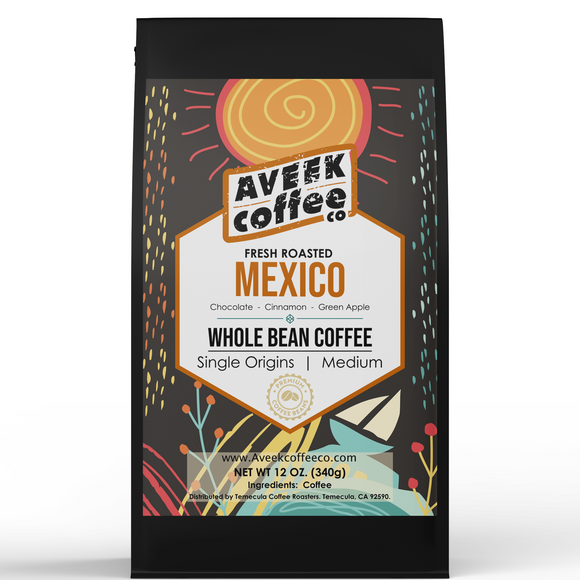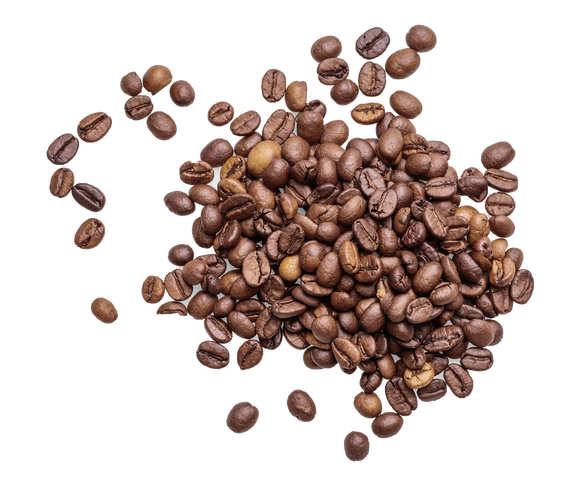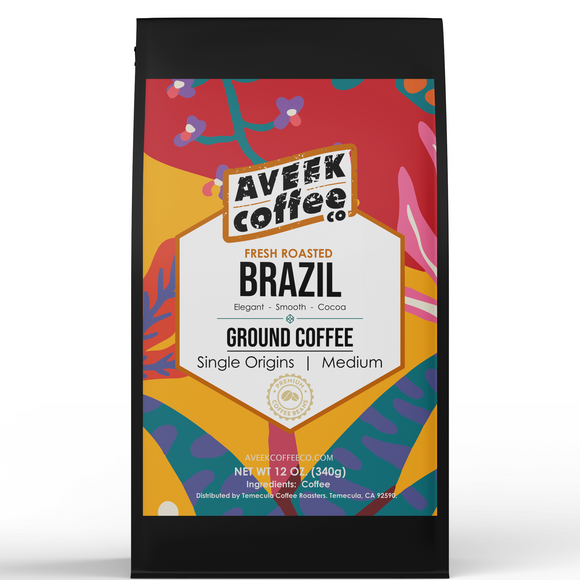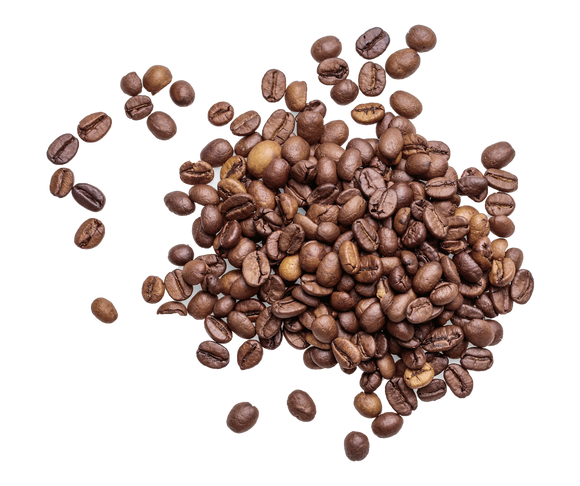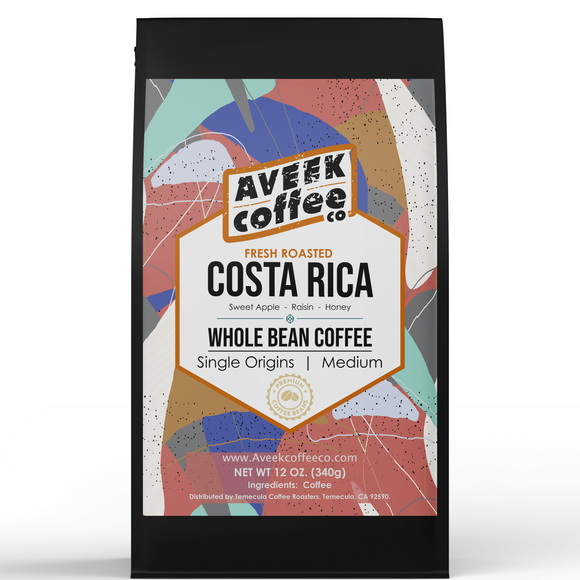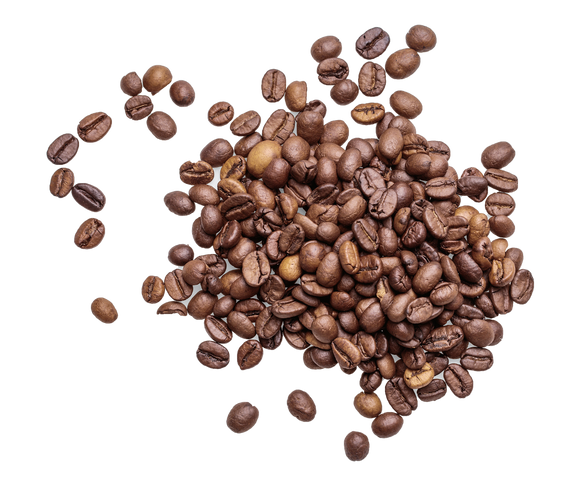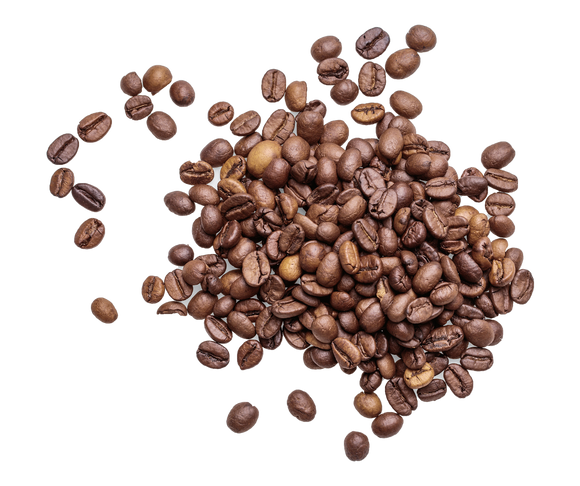
If you’ve ever picked up a bag of coffee from Aveek Coffee Co. and read “caramel, chocolate, nutty finish” or “bright citrus, berry, floral aroma,” you’ve encountered tasting notes — the language of coffee flavor.
But what exactly do they mean? Are these flavors added to the coffee? And how can you start identifying them for yourself?
Let’s dive into the sensory world of coffee tasting and learn how to interpret these subtle notes that make every cup unique.
What Are Coffee Tasting Notes?
Tasting notes describe the natural flavors, aromas, and sensations that develop during a coffee’s journey — from where it’s grown to how it’s roasted and brewed.
They are not additives or artificial flavors. Instead, they come from the chemical compounds in the coffee beans themselves — compounds influenced by the bean’s origin, altitude, soil, processing, and roast level.
Think of tasting notes as a flavor map. They guide you through what your palate might experience — much like wine tasting, where you might hear notes of plum, oak, or vanilla.
For example:
-
A coffee grown in Ethiopia might have blueberry and floral notes.
-
A Colombian coffee might lean toward chocolate, caramel, and nutty.
-
A light roast might bring out citrus and bright fruitiness, while a dark roast may emphasize smoky, bittersweet cocoa.
Every cup tells a story — tasting notes help you read it.
The Science Behind Flavor
When coffee is roasted, hundreds of aromatic compounds are created through a process called the Maillard reaction — the same chemical transformation that gives toasted bread and seared steak their depth of flavor.
-
Sugars caramelize into sweet, nutty tones.
-
Acids create fruity or citrus brightness.
-
Aromatic oils produce floral or chocolate-like scents.
The roast profile — how long and how hot the beans are roasted — determines which of these flavors dominate.
-
Light roast: More acidity and fruit notes.
-
Medium roast: Balanced sweetness, caramel, and nutty tones.
-
Dark roast: Rich, bold body with chocolate, spice, or smoky depth.
This is why your favorite Aveek Coffee Co. Signature Blend might taste smooth and chocolatey, while Birds Brew feels bright and lively — they’re roasted to highlight distinct parts of the flavor spectrum.
The Role of Aroma
Flavor begins with the nose. Up to 80% of taste is smell, which is why your first impression of a coffee often comes before your first sip.
When you inhale freshly ground beans, you might catch whiffs of:
-
Chocolate or caramel → from roasted sugars.
-
Fruity or floral scents → from natural acids and esters.
-
Nutty or woody undertones → from longer roasting times.
Professional coffee tasters, called Q-graders, use aroma as their first cue during cuppings (formal tasting sessions).
Next time you open a bag of Aveek coffee, pause to smell the beans. Try to name what you sense — is it rich and sweet? Bright and citrusy? Earthy and deep?
That’s your nose identifying tasting notes before your tongue joins in.
How to Identify Tasting Notes Yourself
You don’t need to be a barista or sensory expert to pick up tasting notes. Here’s how you can start:
1. Smell Before You Brew
Open the bag, give it a gentle shake, and inhale deeply.
Notice your first impressions — sweet, fruity, nutty, or smoky?
2. Take Your Time While Brewing
While your coffee brews, the aroma transforms. Try to describe it as it changes — maybe from toasted nuts to warm cocoa or a hint of fruit.
3. Sip Slowly and Let It Cool
Hot coffee can hide subtle flavors. As it cools, new notes emerge — acidity mellows, and sweetness becomes more noticeable.
4. Compare and Contrast
Brew two coffees side by side. For example, Aveek Signature Blend versus Birds Brew.
-
Which one feels heavier or smoother?
-
Which has a sweeter or brighter finish?
Your palate develops through comparison.
5. Use the Coffee Flavor Wheel
The Specialty Coffee Association (SCA) created a color-coded flavor wheel that maps out the full spectrum of coffee tastes — from fruit and spice to nut and floral.
It’s a great tool to build your coffee vocabulary.
The Five Major Coffee Taste Categories
Though every coffee has its unique fingerprint, most tasting notes fall into these five families:
| Category | Common Notes | Description |
|---|---|---|
| Sweet | Caramel, honey, brown sugar | Found in medium roasts and well-developed beans |
| Nutty / Chocolatey | Almond, hazelnut, cocoa | Smooth, classic, comforting |
| Fruity | Berry, citrus, apple, cherry | Bright, tangy, lively — more common in light roasts |
| Floral / Herbal | Jasmine, lavender, tea-like | Delicate and aromatic |
| Spicy / Earthy | Cinnamon, clove, tobacco | Rich, complex, and deep in darker roasts |
Why Tasting Notes Matter
Understanding tasting notes helps you choose coffee that matches your preferences.
-
If you love dessert-like flavors, look for caramel, cocoa, and almond.
-
If you crave something bright and lively, go for citrus, berry, or floral notes.
-
If you enjoy balance, blends like Aveek Coffee Co.’s Signature Blend are designed to bridge sweetness, body, and brightness seamlessly.
Once you know your flavor profile, you’ll never guess at the shelf again — you’ll shop by taste.
The Hidden Art of the Roaster
Behind every tasting note is a roaster’s decision.
Roasters manipulate time and temperature curves to accentuate the bean’s best qualities:
-
Shorter, hotter roasts enhance brightness and fruity clarity.
-
Longer, gentler roasts deepen sweetness and chocolate body.
At Aveek Coffee Co., each batch is roasted in small quantities to bring out these distinct flavor expressions — ensuring that “caramel” really feels caramel, and “nutty finish” truly lingers on your tongue.
Bringing It All Together
Next time you sip your morning coffee, take a moment to notice what your senses tell you.
-
What does it smell like?
-
What’s the first taste?
-
What flavors linger after each sip?
That’s you connecting with your coffee — experiencing the story inside every bean.
Tasting notes aren’t just descriptions; they’re an invitation to explore.
Every roast, every cup, every blend is an opportunity to taste something new — and with Aveek Coffee Co., that journey starts with one perfect pour.


